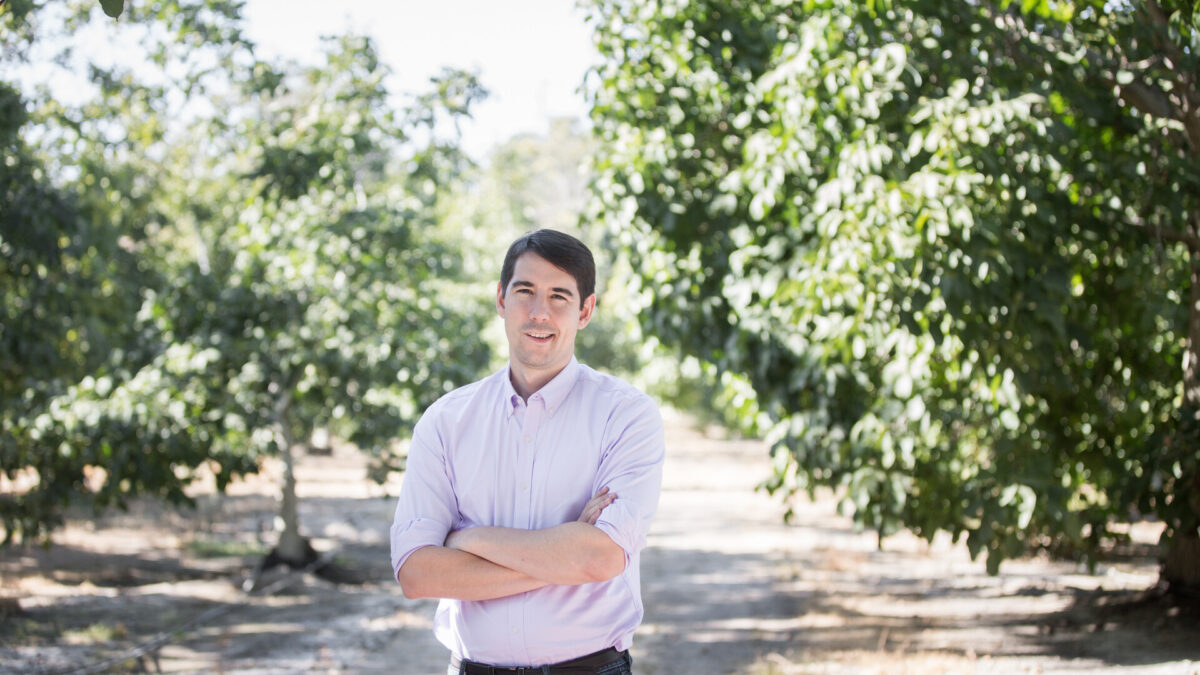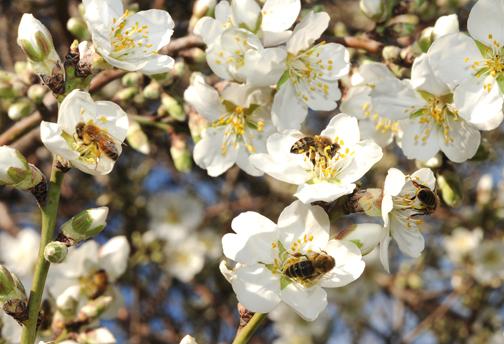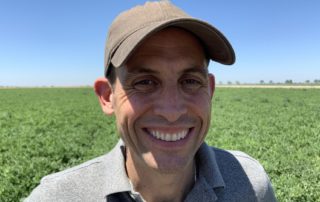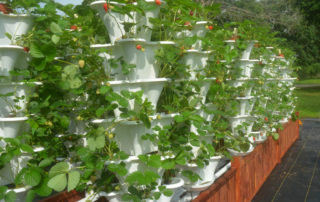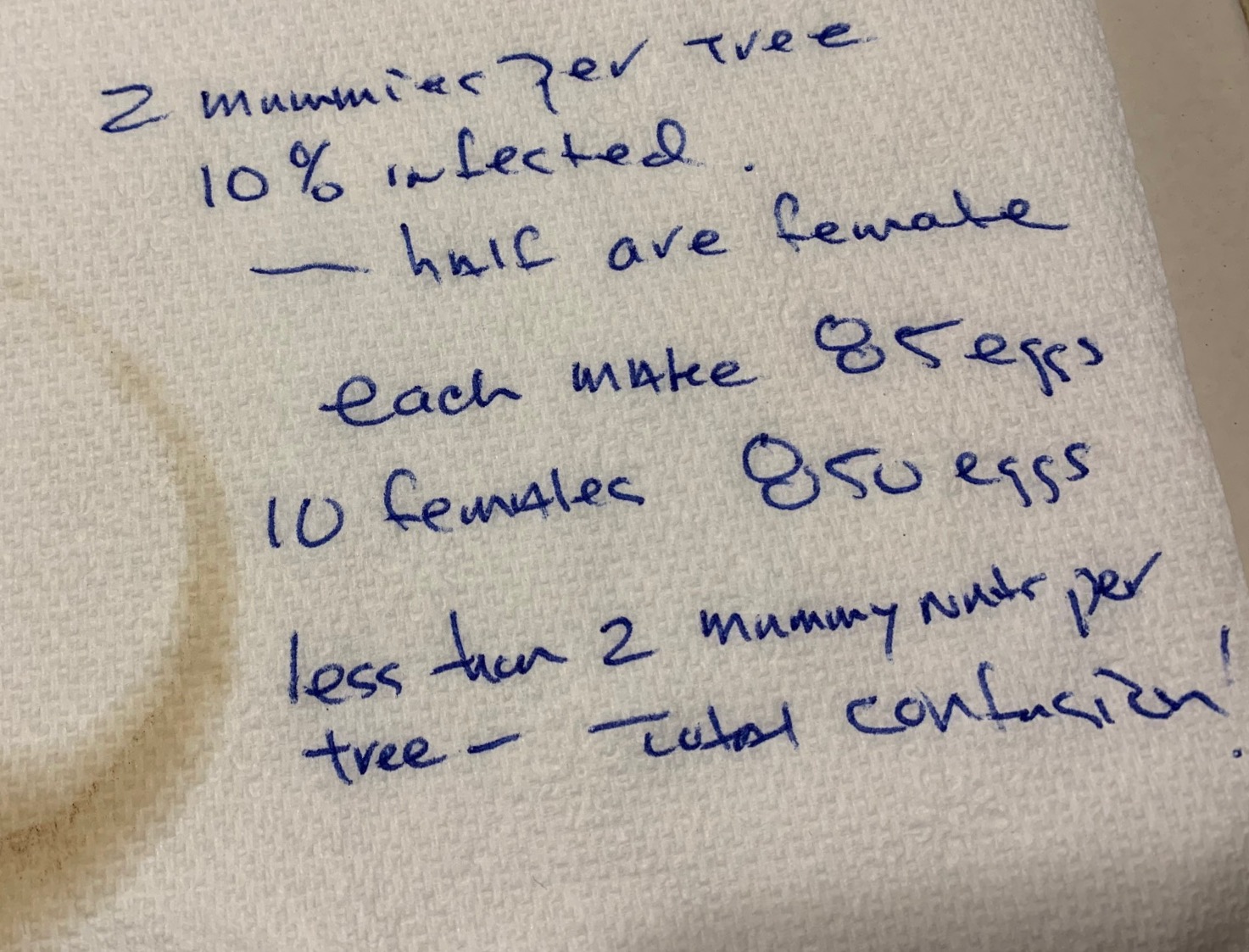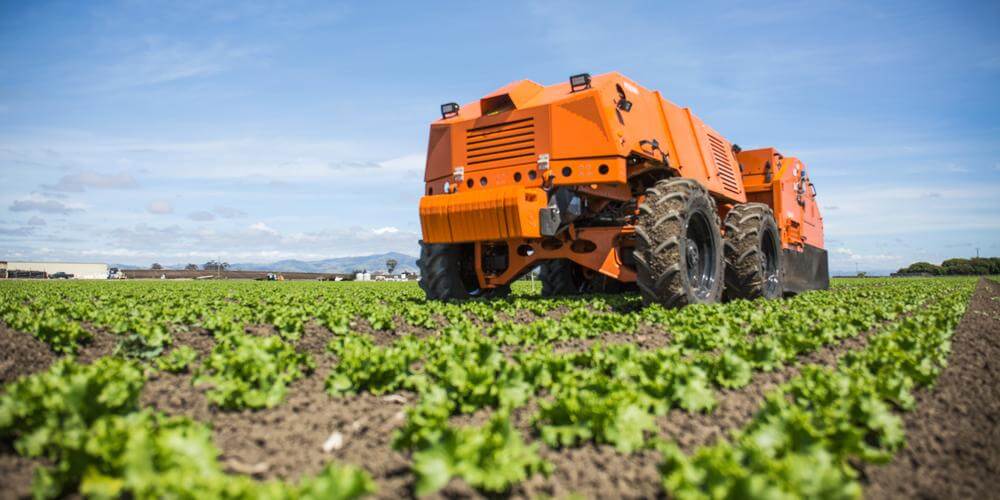Congressman Harder Is Fighting For Valley
Harder, Already Appointed to Appropriations Committee, Successfully Secured Waiver to Serve on Ag
WASHINGTON – Representative Josh Harder (CA-10) will continue to serve on the House Committee on Agriculture for this term in Congress after successfully obtaining a waiver from the House Steering and Policy Committee. Members of the House who are appointed to the Appropriations Committee typically serve solely on that committee. If a member wishes to serve on an additional committee, they must seek out and obtain a special waiver allowing them to serve on an additional committee.
“This is the best-case scenario for the Valley. I get to fight for the funding we deserve on the Appropriations Committee – and I can continue my work on behalf of our farmers by serving on the Agriculture Committee once again,” said Rep. Harder. “It’s particularly important for me to serve on Ag this term as I’ll focus on our specialty crop producers when we look at drafting the next Farm Bill.”
Last month, Rep. Harder announced that he had been appointed to the House Appropriations Committee. The Committee is responsible for drafting all funding legislation in the House and will give Rep. Harder an opportunity to secure more funding for the Central Valley.

